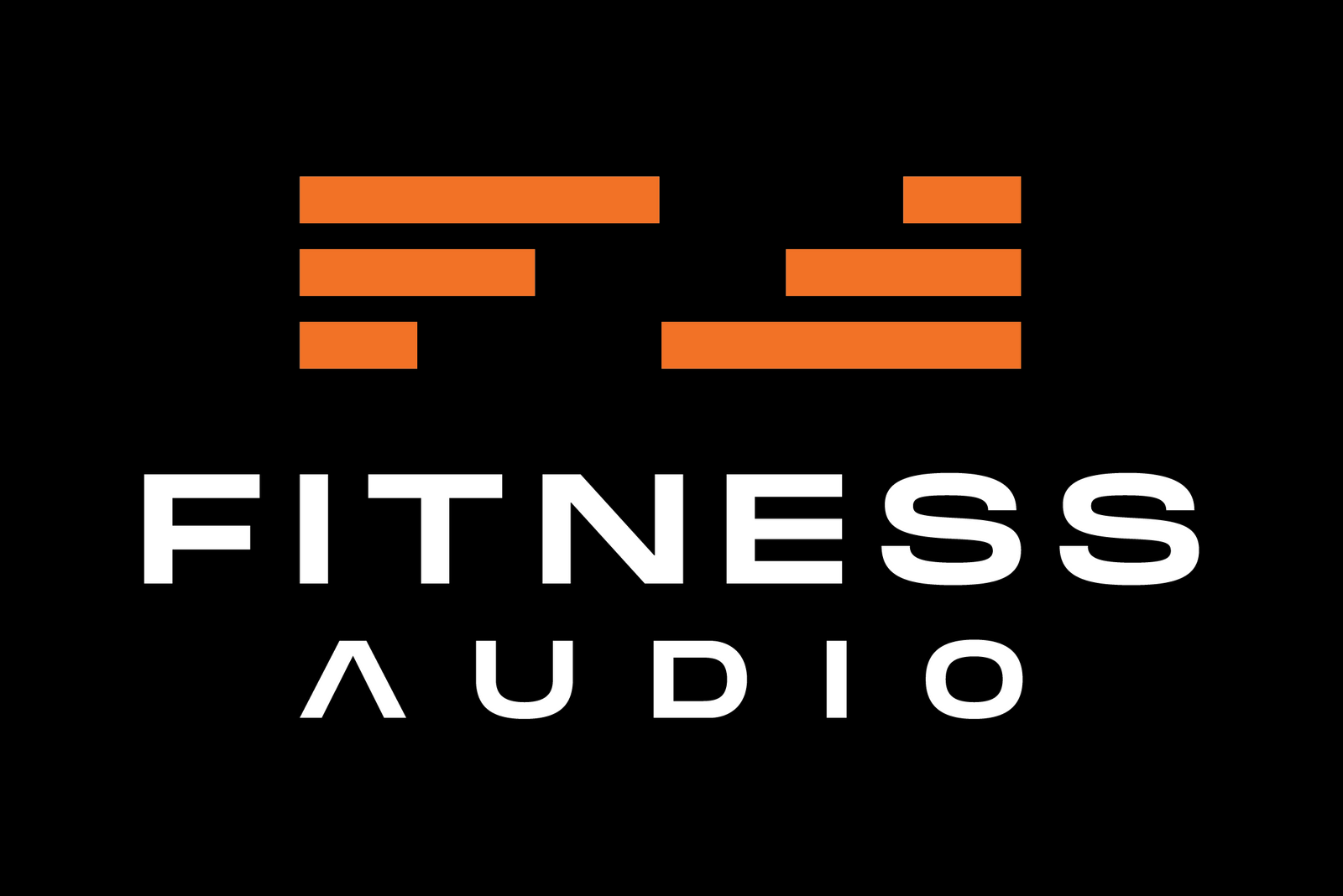News
- 2 min read
- 12 min read
- 2 min read
As the days grow longer and the weather starts to warm up, gyms and fitness centres across the southern hemisphere are preparing for the annual spring rush. It’s that time of year when new and returning members flood through the doors, eager to shake off their winter blues and kickstart a new workout routine. At Fitness Audio, we are here to help you make the most of this — with custom sound and lighting solutions that are sure to set the right tone for the fitness season ahead!
- 2 min read
- 1 min read
A successful fitness sound system installation requires careful planning and attention to detail. A well-designed system will create a dynamic and immersive workout environment, engage your members and keep them coming back for more. But, with so many components to consider, it can be overwhelming to know where to start.
- 2 min read
With countless years of dedicated service to the fitness industry, Fitness Audio has been a leader in providing high-quality audio products specifically designed for fitness professionals. This unparalleled expertise in gym audio has been developed through extensive collaboration with fitness facilities, group exercise programs, and Exercise Instructors, allowing Fitness Audio to identify optimal approaches to fitness sound.
- 3 min read
Being a Group Fitness Instructor is a very rewarding profession, not only do you help countless people achieve their fitness goals, but you also get to work in a highly dynamic and exciting environment! Life as a Fitness Instructor does have its quirks, however. From constantly getting changed in your car to constantly having fitness routines in your heads, there are many tell-tale signs that you may be a Fitness Instructor. Read on for more!
- 3 min read
- 2 min read
- 4 min read
When it comes to group exercise classes, effective communication is paramount for Fitness Instructors to lead engaging and impactful classes. One of the keys to ensuring seamless instruction and motivation lies in having the perfect microphone. Fitness Audio understands the importance of clear and reliable audio for Fitness Instructors. In this article, we will explore the benefits of investing in Fitness Audio's top-notch microphones and how they can help instructors unleash their voice, creating an exceptional fitness experience in their classes.
- 3 min read
As a Fitness Instructor, having a reliable microphone is essential for effectively communicating with your group exercise class. However, simply owning a microphone is not enough. To ensure its longevity and reliability, investing in a microphone case is highly recommended. A microphone case provides the necessary protection and portability for your audio equipment, allowing you to carry it with ease and safeguard it from potential damage. To find out why microphone cases are so important for Fitness Trainers and how to find the best one for you, read on!
- 2 min read
When it comes to setting up a sound system in your gym, it's important to be aware of the legal considerations surrounding noise regulations and compliance. Excessive noise levels can be disruptive to your facility, neighbouring businesses, and the community. By understanding and adhering to noise regulations, you can ensure a harmonious environment while providing an exceptional audio experience for your members. Read on for Fitness Audio’s guide to managing noise regulations and compliance for gyms and fitness centres.
- 3 min read
At Fitness Audio, we believe that customising your sound system for your gym or fitness studio is essential for maximising its impact. A sound system that is tailored to your specific needs will provide a much better experience for your members and Fitness Instructors, and help you stand out from the competition.
- 2 min read
CrossFit has revolutionised the fitness industry with its high-intensity, functional workouts that combine strength training, conditioning, and endurance exercises. To create an environment that fuels energy, intensity, and performance, sound and lighting play a crucial role in CrossFit classes.
In this Fitness Audio guide, we will explore the importance of sound and lighting design in CrossFit spaces.
- 3 min read



















